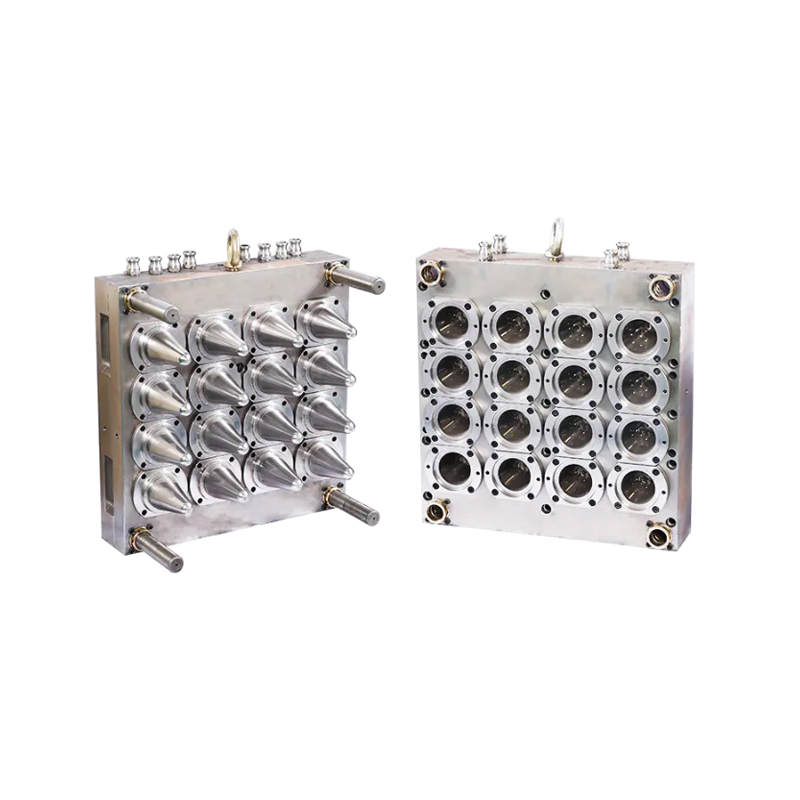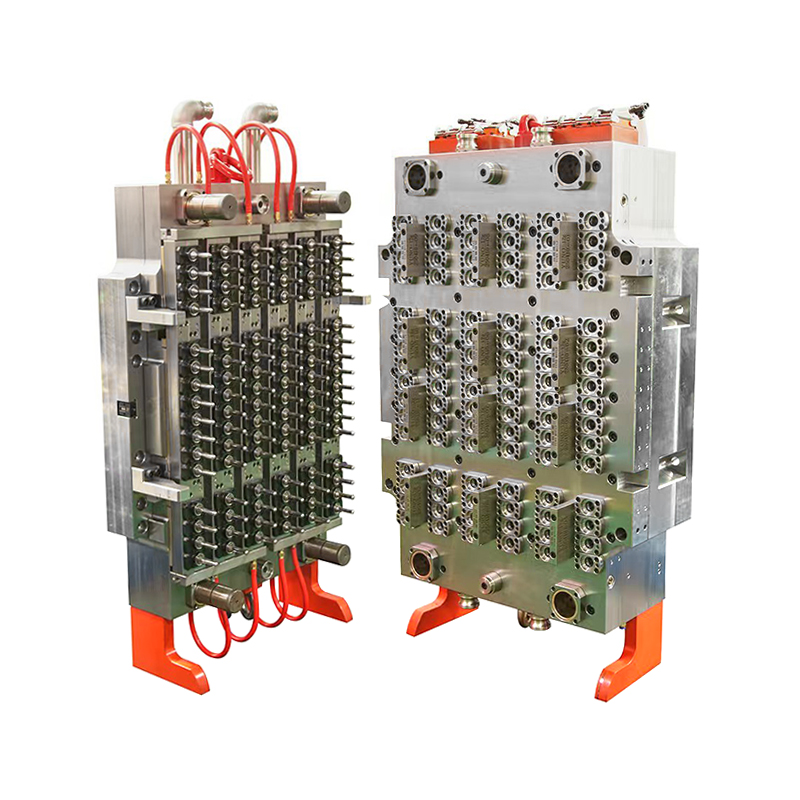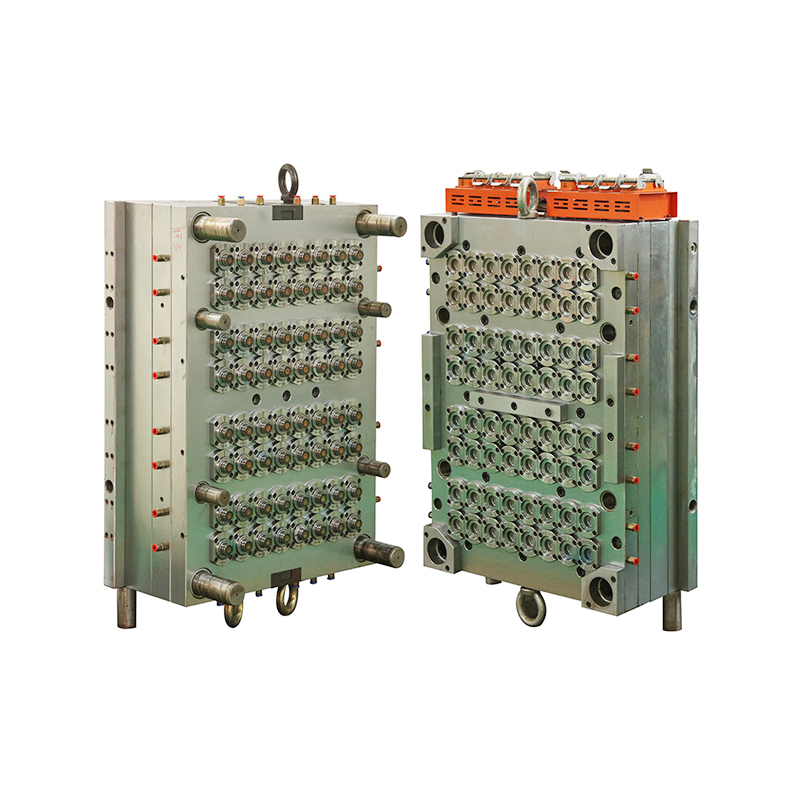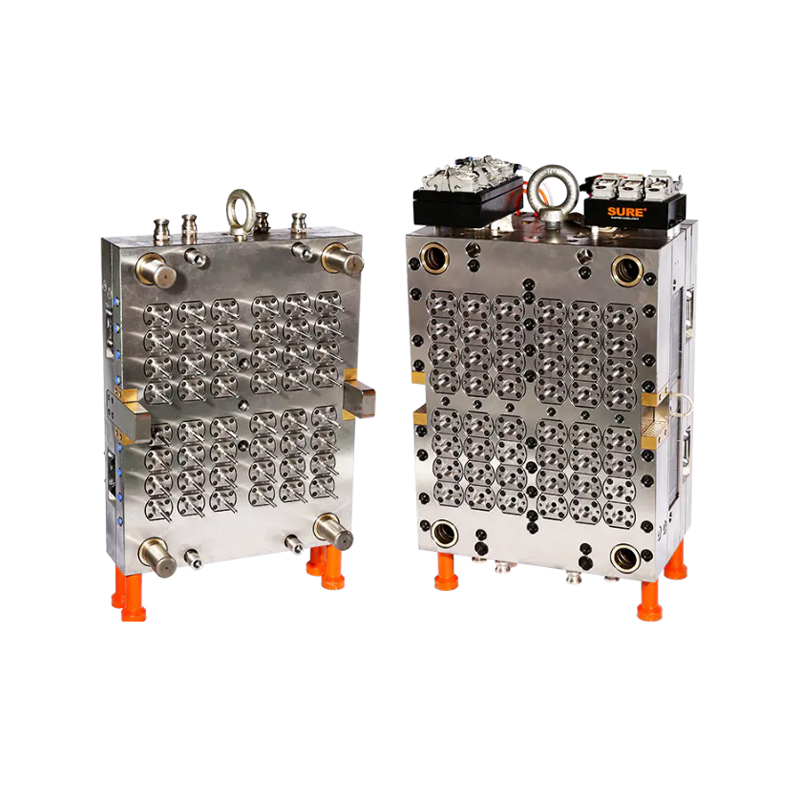No.148 Yongda Road, Jiangkou Street, Huangyan, Taizhou, Zhejiang, China.
As global packaging trends evolve toward more user-friendly and visually appealing designs, wide-mouth containers are gaining rapid traction across food, personal care, and nutraceutical markets. These containers offer convenient access, enhanced pouring control, and better consumer experience. Responding to this growing demand, mold manufacturers are introducing specialized tools that enable higher-volume production with uncompromised quality. One such innovation gaining attention is the 16-Cavity Wide-Mouth Jar Preform Mold, a tool purpose-built for efficiency, precision, and reliability in PET preform manufacturing.
Wide-Mouth Jars on the Rise
Wide-mouth PET jars are increasingly used to package products like peanut butter, protein powders, nutritional supplements, sauces, and even cosmetic creams. Their broad openings make them ideal for spoonable and scoopable products, aligning with consumer preferences for ease of use. This packaging style also allows for creative labeling and greater shelf presence.
To keep pace with market expectations, packaging suppliers must find ways to scale up production without compromising the consistency of jar quality—a challenge the 16-cavity mold is specifically engineered to meet.
Built for High-Efficiency Manufacturing
At the heart of this mold's design is its ability to produce 16 wide-mouth preforms in a single cycle. This output capacity represents a significant increase compared to lower-cavity molds, making it a smart choice for mid- to high-volume operations.
Its performance is further elevated by an advanced hot runner system that promotes even resin distribution, ensuring that each cavity receives consistent melt flow and pressure. This reduces the chance of defects such as warping, flashing, or weight imbalance—critical concerns when producing large-mouth preforms.
The result is faster cycle times, higher yields, and reduced waste, all of which contribute to greater profitability and production scalability.
Precision Engineering for Complex Geometries
Unlike standard narrow-neck bottles, wide-mouth jars require more intricate preform geometry, especially around the neck finish and thread area. Achieving dimensional accuracy in these features is vital to ensure compatibility with closures and capping machinery.

The 16-cavity mold leverages precision CNC machining and tight-tolerance cavity inserts to deliver consistent results, batch after batch. The attention to detail is particularly valuable for brands that rely on tamper-evident or induction-sealed caps, where even a minor defect can compromise product integrity and consumer trust.
Materials and Design That Support Long-Term Use
In high-volume manufacturing, durability is non-negotiable. The 16-cavity wide-mouth jar preform mold is constructed from premium-grade tool steel, which provides resistance to abrasion, thermal stress, and chemical corrosion. The mold's surfaces are treated to minimize resin adhesion and facilitate smooth ejection, helping maintain operational uptime.
In addition, the mold’s design includes optimized cooling channels, which improve heat transfer and reduce cycle times without sacrificing preform quality. This thermal management is especially important for thick-walled or large-diameter preforms, which can otherwise be prone to internal stresses if not cooled uniformly.
Supporting Diverse Applications Across Industries
While initially developed for food-grade containers, the versatility of this mold has made it popular among manufacturers of household goods, pharmaceuticals, and personal care products. Its ability to produce different neck finishes and preform weights enables packaging engineers to experiment with multiple product formats using a single toolbase.
For example, nutraceutical brands may use the same mold design to produce preforms for 250ml to 1L containers, simply by swapping core pins or adjusting cycle parameters. This flexibility supports quicker product launches and a more responsive supply chain.
Reducing Cost Through Consolidated Production
By allowing for the production of 16 uniform preforms per cycle, the mold reduces the cost-per-unit and lessens the operational strain on injection molding equipment. Fewer changeovers, less downtime, and minimal manual inspection mean reduced labor costs and more consistent productivity.
Additionally, the mold’s maintenance-friendly layout—with accessible components and standardized parts—ensures that routine servicing can be conducted quickly without extensive line interruptions. This makes it ideal for contract manufacturers and large-scale facilities operating on just-in-time delivery models.


 英语
英语 法语
法语

















